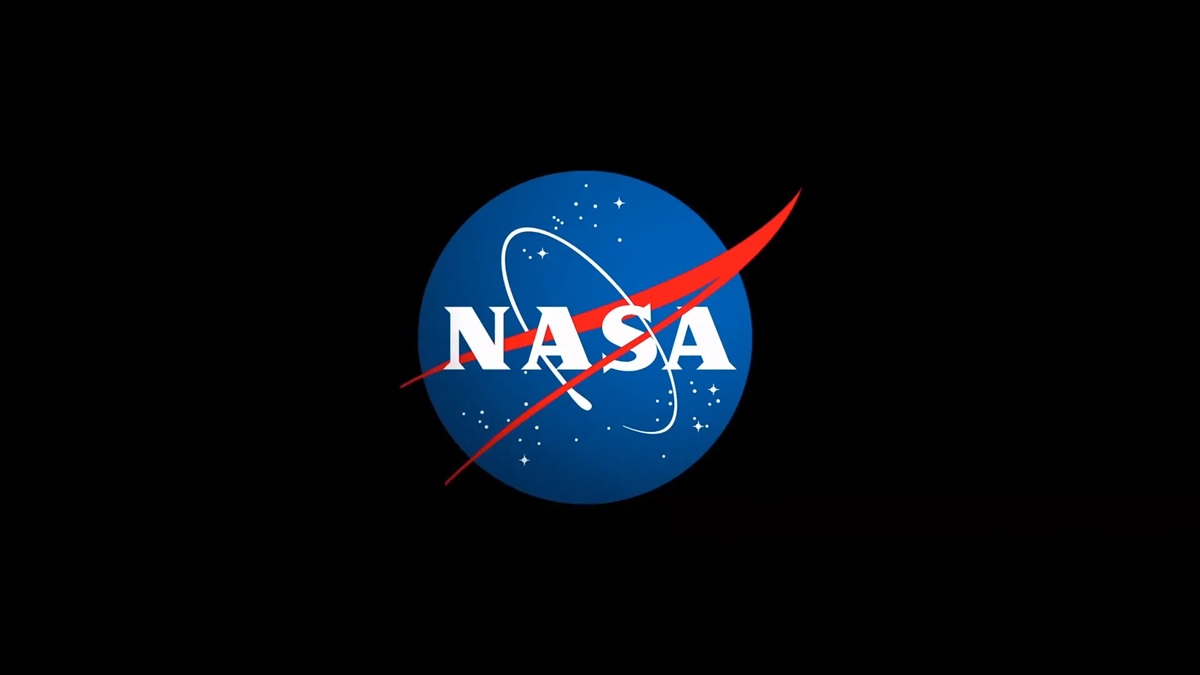Breaking News: NASA has now officially extended the Diwali greeting with some unique global clusters that contain old and new stars. NASA extended the Diwali greeting with the image of the global cluster which is captured by the Hubble Space Telescope as it is calling it a celestial festival of lights. This cluster is located 30,000 light years away from the Earth. this has been recently reported by NASA officials. recently, NASA also shared a picture of the global cluster which was captured by the Hubble Space Telescope. this picture is currently viral on social media. This picture is making rounds on social media. Now to know everything regarding this topic, read this article till the last.

NASA, the United States agency has taken a decision. On 13th November 2023, Monday, NASA extended Diwali greeting with the celestial image which is captured by the Hubble Space Telescope. The global cluster has a very tight-bound cluster of millions of stars. As per the reports, given by NASA officials, the global cluster is located 30,000 light years away from Earth. NASA has given it a name, “Celestial Festival of Lights.” To know what exactly NASA has said regarding the global cluster, check out the last paragraph of this article now.
On the official account of NASA on Twitter (X), NASA has said Happy #Diwali to all those who celebrate. NASA has also said that NASA Hubble has captured the celestial Festival of Lights which is a global cluster. This is 30,000 light years away from Earth. It is near the dense and dusty center of its own Milky Way galaxy. The United States Space Agency has clearly stated that the cluster contains both the old and new stars. There is a big range from 12 billion years old as it is about 2 billion years old. Scroll down to the next paragraph to know more.
The NASA agency has also posted on Instagram that this global cluster is unlike others that contain old and you stars. NASA has also stated that some of the old stars are ols as the universe itself which is approximately 12 billion years old whereas on the other hand, the young stars are approximately 1 or 2 billion years old. NASA spacecraft have recently discovered the tiny moon which is around the asteroid. NASA Lucy Spacecraft has founded the mini-moon asteroid Dinkinesh. The discovery was made at the time of the flyby of Dinikinesh 200 million miles away in the asteroid belt which is beyond Mars.
